Lexus reckons its new NX is the first step in a ‘brand transformation’ but upon first glance you might be wondering what they’re on about. Yes the new Lexus SUV looks fresh but it’s no revolution to behold. Peer through the side glass however and you’ll get it; this is a transformation from the inside out, the NX debuting a new interior concept.
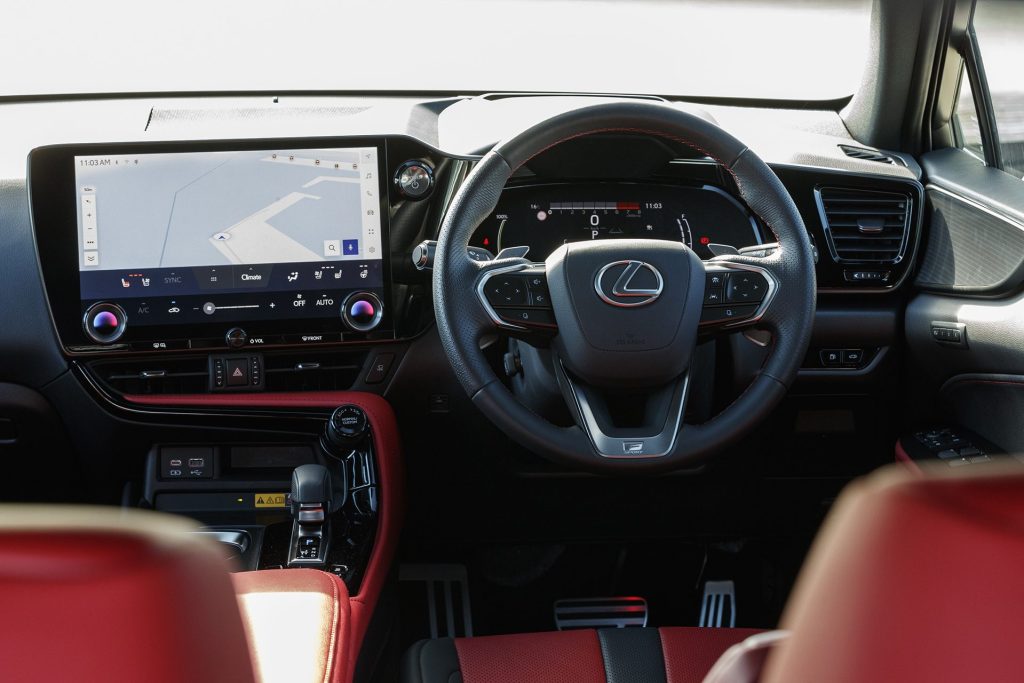
But before we get into that, let’s talk about the line-up. The turbos have been banished and so it’s an all hybrid affair now, starting with the front-drive NX 350h ($92,700) moving up to the AWD 350h Limited ($101,900) and the new F Sport 450h+ plug-in variant is $107,900. All use the same 2.5-litre four cylinder with a 134kW/270Nm motor up front, while the AWD models add a 40kW/121Nm electric unit on the rear. The 350s utilise a 1.1kWh lithium ion battery and Lexus rates overall power at 179kW.
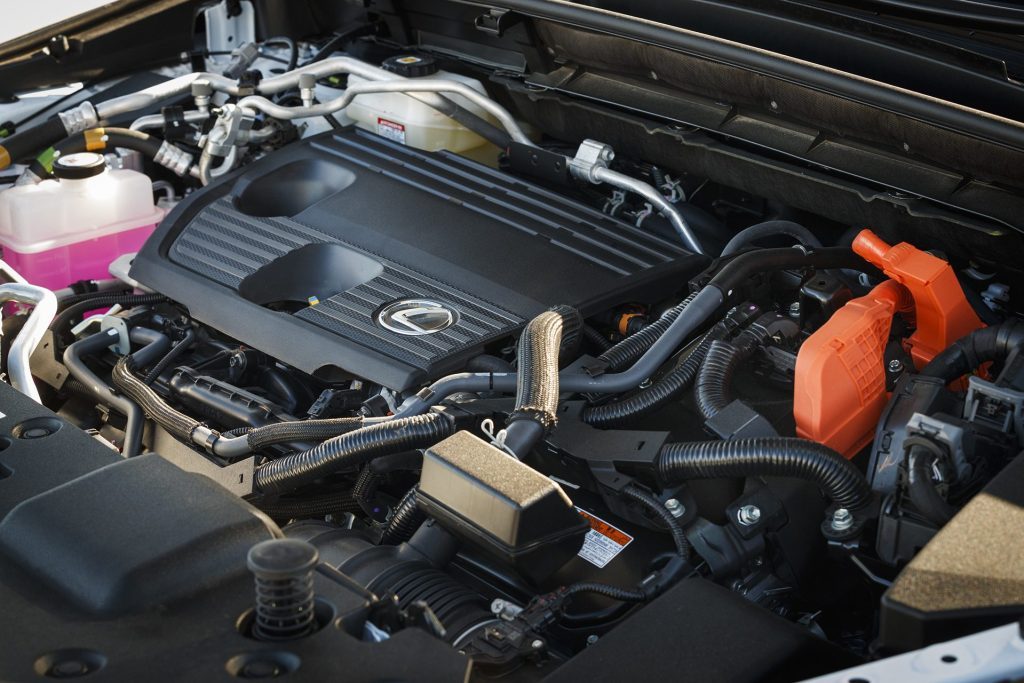
The key difference for the plug-in is its larger 18.1kWh battery. That sees it boast a power output of 227kW and with up to 87km of electric driving range, it can slash fuel use. Whereas the overall consumption and emissions for the 350s are rated at 5.5L/100km and 125g/km (WLTP3), the plug-in is rated at 1.4L/100km and 31g/km. While there’s no CCD rebate to be had, on account of pricing above $80k, there are no fees to pay either.
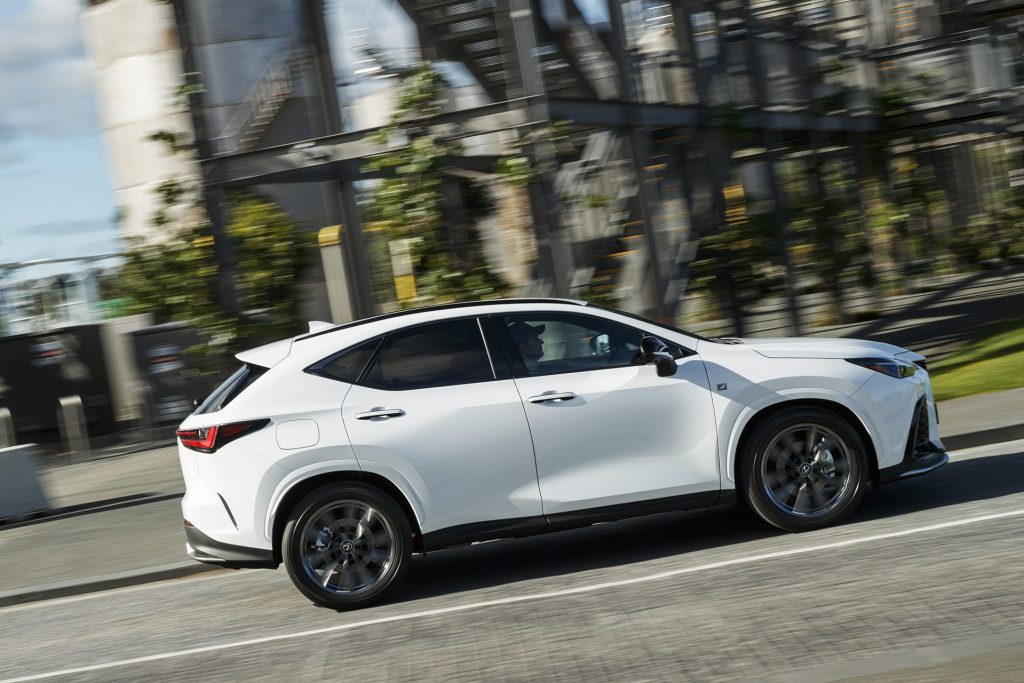
The 450h+ we had on test is a plug-in hybrid that does a good job of impersonating a real EV, given its all-electric range is suitable for an urbanite’s commuting. It feels spritely too, at least at suburban speeds. Sure, it’s not as zoomy as a proper BEV SUV, but neither does it feel slovenly. And nor does it require constant help from the engine department like some PHEVs with the electrics able to take care of 100 per cent of your daily driving.
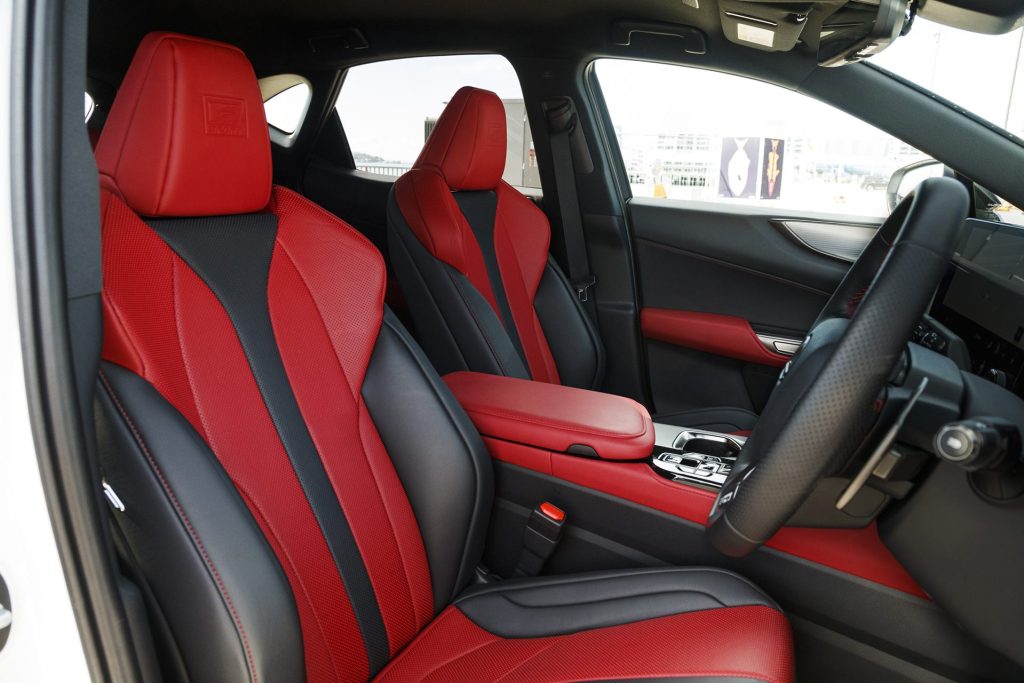
As to how far you’ll get on a charge, that will vary but battery power alone took us 73km. Once the EV range is done, it switches to Hybrid mode, where it performs strongly as the electric motors provide the initial torque and then the engine lends its power. The steering feels a tad heavy at town speeds, but the progress on its big wheels is okay thanks to the F Sport’s addition of adaptive damping. The turnaround dimensions are manageable, parking straightforward thanks to the superb cameras guiding you all the way.
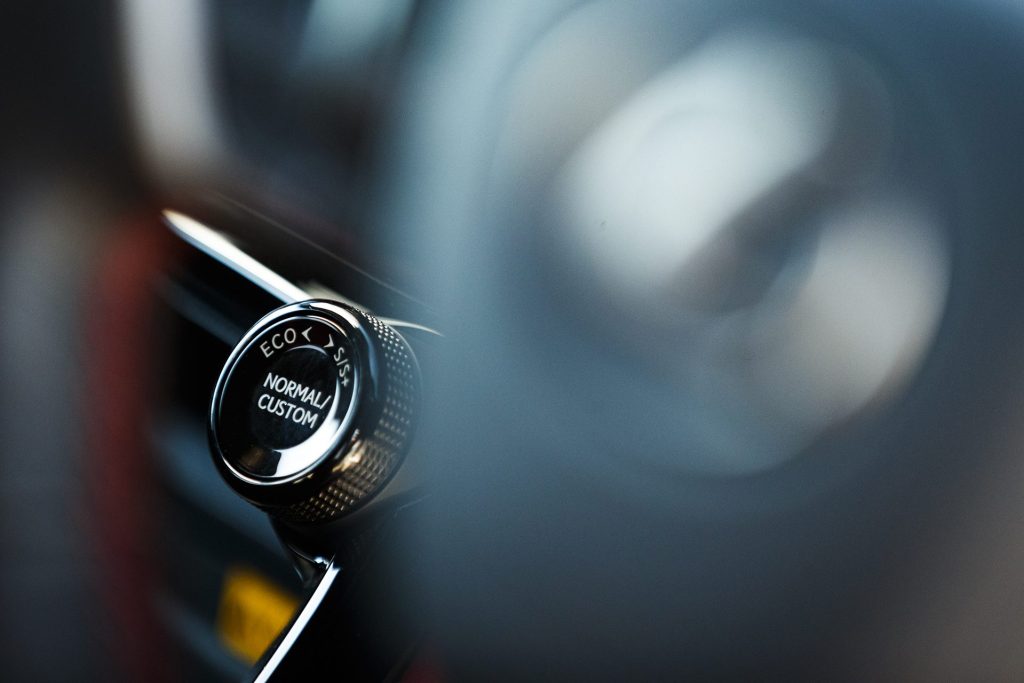
To benefit from the potential reduced fuel use, you’ll need to plug it in every night but that’s no drama as the supplied charge cord is extra long. From a zero EV range back to 100 per cent took 8hr 20min on a regular 8A plug, and sucked 15.54kWh. That equates to about $4.80 for the 73km travelled. Lexus says a charge would take five hours via a 16A wallbox contraption (no fast DC charging here). The trip computer suggested energy consumption around the 20kWh/100km mark in EV mode, and the gauge was stuck on 5.5L/100km when in Hybrid mode. To get a genuine grasp on overall fuel use, you’d need to get through a tank and work it out the old fashioned way. Our week with the 450h+ used less than a quarter of the reserve.
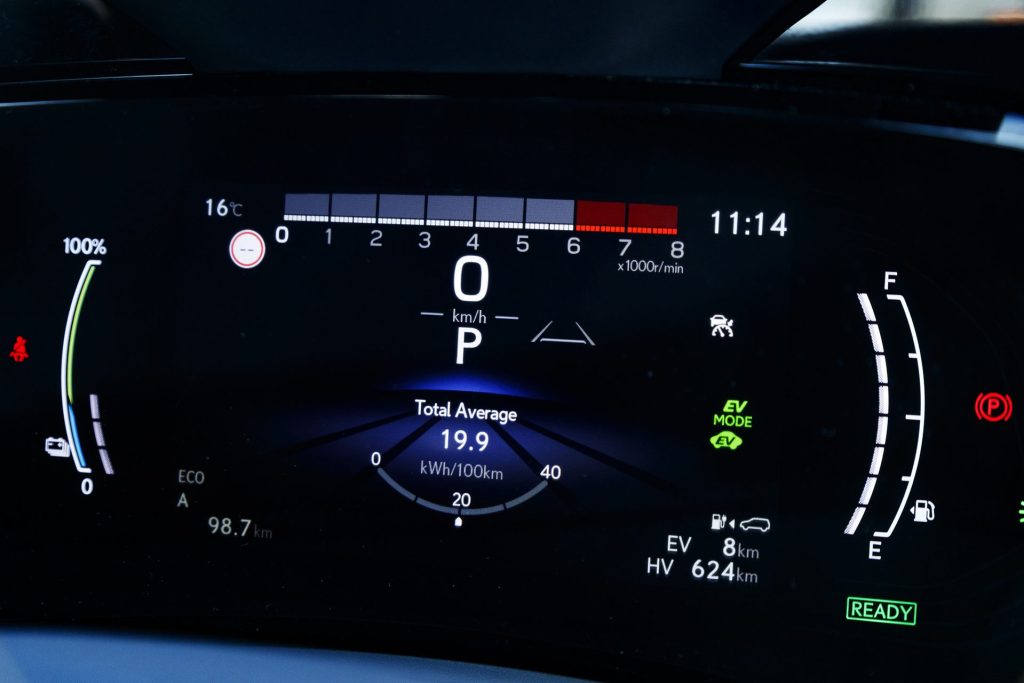
The EV mode works beyond the city limits as it’s able to cruise at 100km/h and more on volts alone. Though it goes better in Hybrid mode, the engine adding its power to the tally. The NX does the business through the bends, with a reasonable resistance to understeer. It builds to its limits gradually so you can avoid running into the eventual ESP intervention. The steering is faithful, the turn-in spirited, though the assistance can get artificially heavy. When in Sport, the F Sport’s variable dampers keep the 450 even through the curves but if you’re not so fussed on the firmer progress you can revert back to Normal mode. Though the engine switches in and out constantly, the flow of power is consistent, the 2.5 adding its combustion noise to the progress, and the occasional dose of torque steer too. The eCVT will never be a sporty trans but requests for added go are duly met, and the 450 can cut a quick overtake when required. However, it feels heavy for its size, the added electrical weight taking some of the shine off the dynamics and so it’s not the most engaging drive you’ll find in the segment.
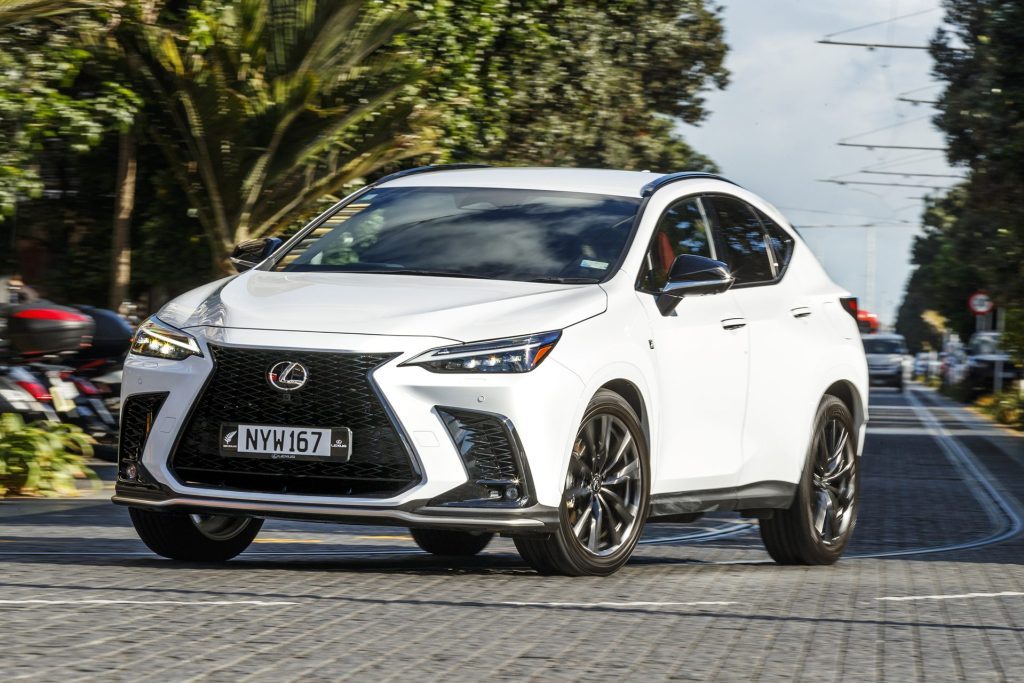
The latest NX has grown slightly, its new ‘GA-K’ platform has it sitting on a 30mm longer wheelbase, while it’s wider too with an increase in track. The look is evolutionary but those dimensional increases improve its proportions, the wider track planting it visually, as do the big 20-inch wheels.
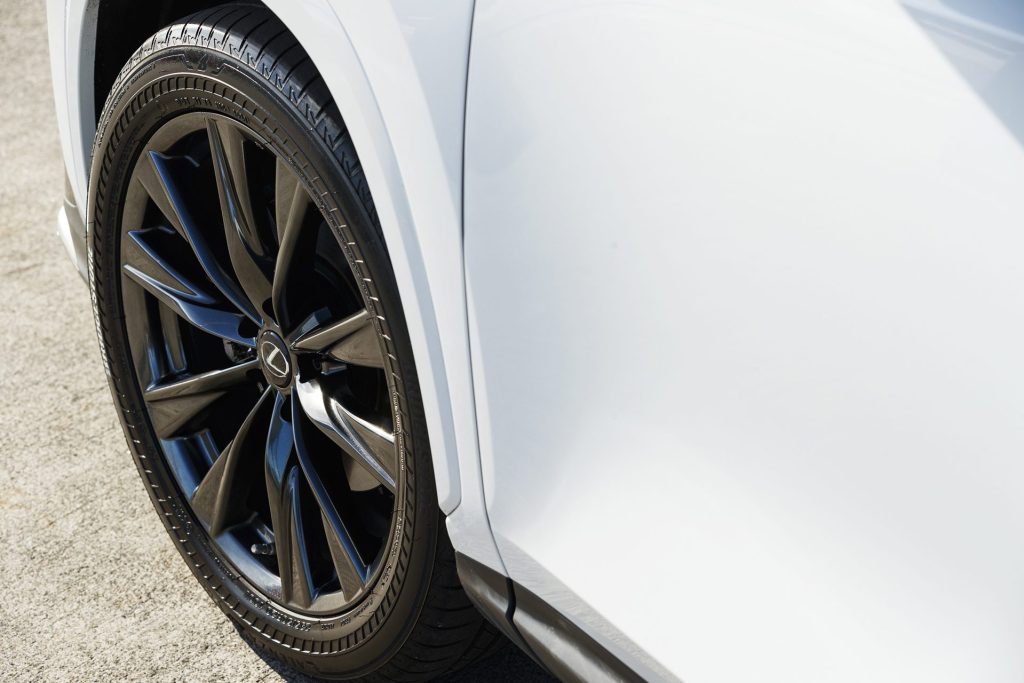
While you appreciate a car’s outward appearance, it’s the cabin you spend more time looking at. And here Lexus has been busy, the previous mash up of buttons, displays and knobs all now more pleasing. There’s a reduction in switches (78 down to 45) and those retained take care of the most frequently used functions. The infernal Lexus trackpad-controlled infotainment system is out, and a big new touchscreen is in. This is sweetly integrated atop the centre stack, close to the driver so it’s no stretch to use. And there’s a new ‘Hey Lexus’ voice system which has a good grasp of the Kiwi accent, nailing most commands we threw at it. The menu layout and shortcut buttons make it easy to control with your fingers, and most functions are accessed within a tap or two.
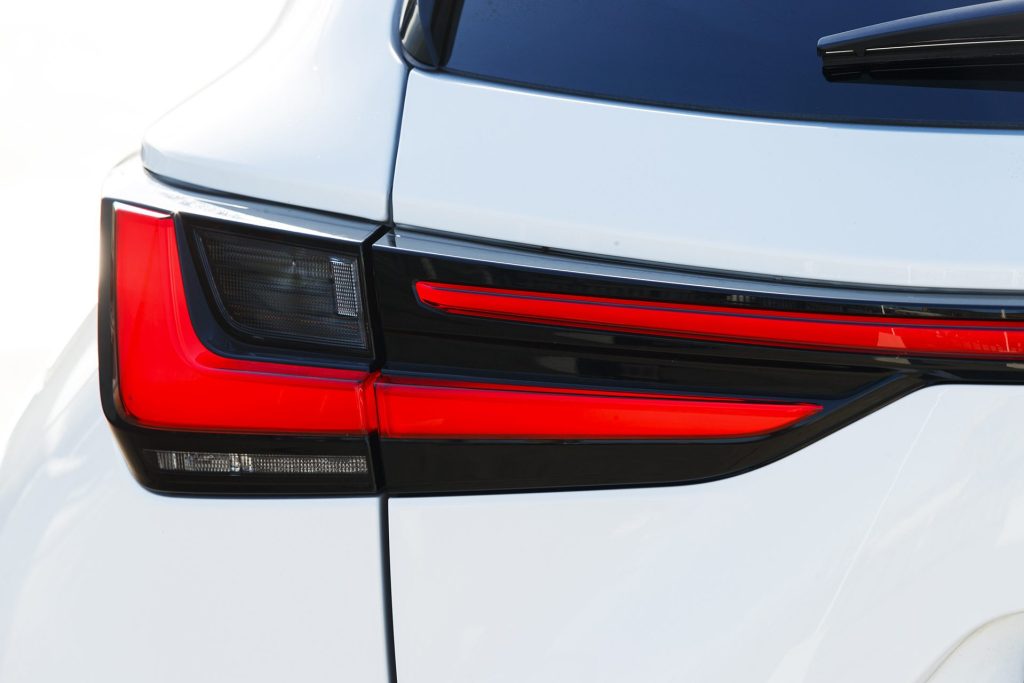
There’s the usual impeccable Lexus attention to detail and build quality, everything opening and shutting seamlessly. Well not everything actually. The new door openers prove tricky. However, once you work them out, you simply pop the button with your thumb then push the door open in one movement. We just wish they closed more easily as they require a decent tug.
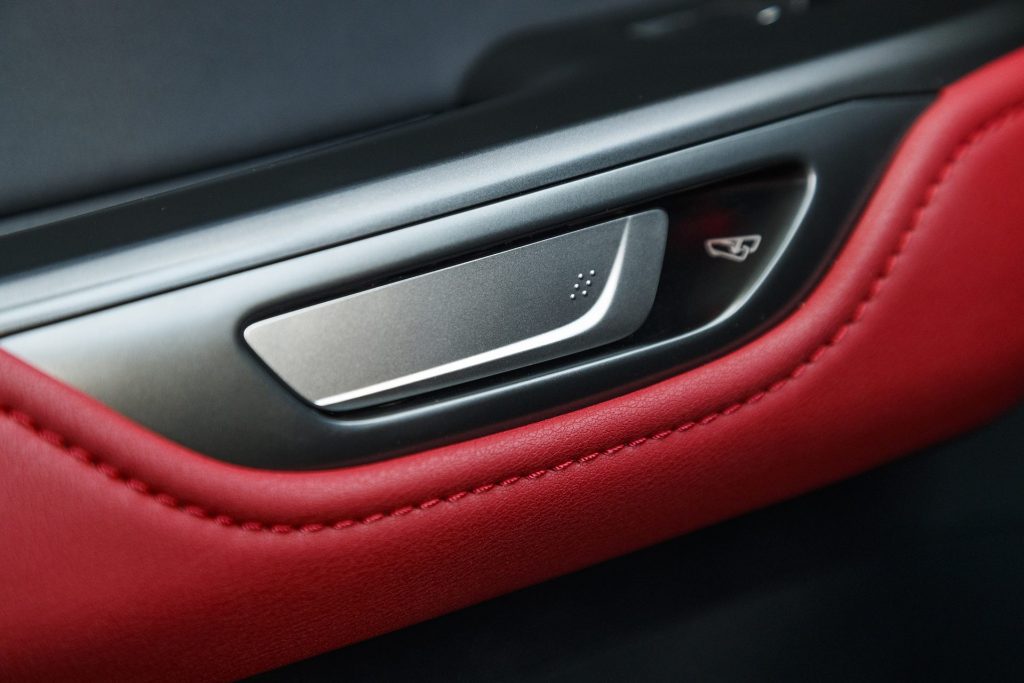
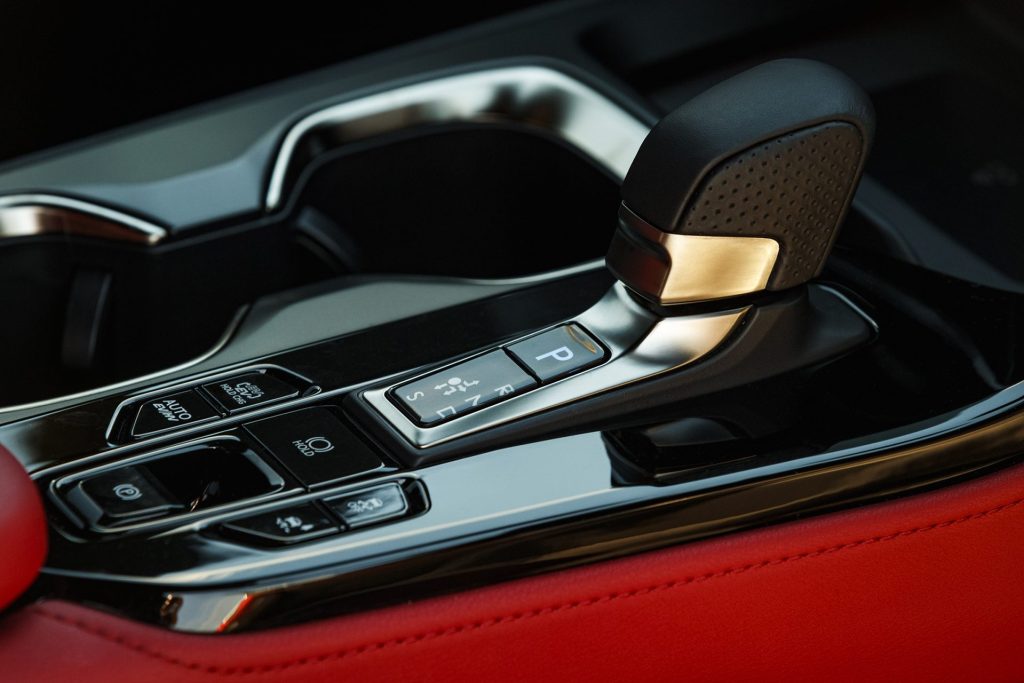
There is useful cabin storage, not a given in some Euro competitors, including a hidey hole under the Qi charge tray, which slides out of the way to conceal your device. The big screen relays a clear image for the plethora of cameras, which come online as you slow to a parking pace, helping guide you perfectly in.
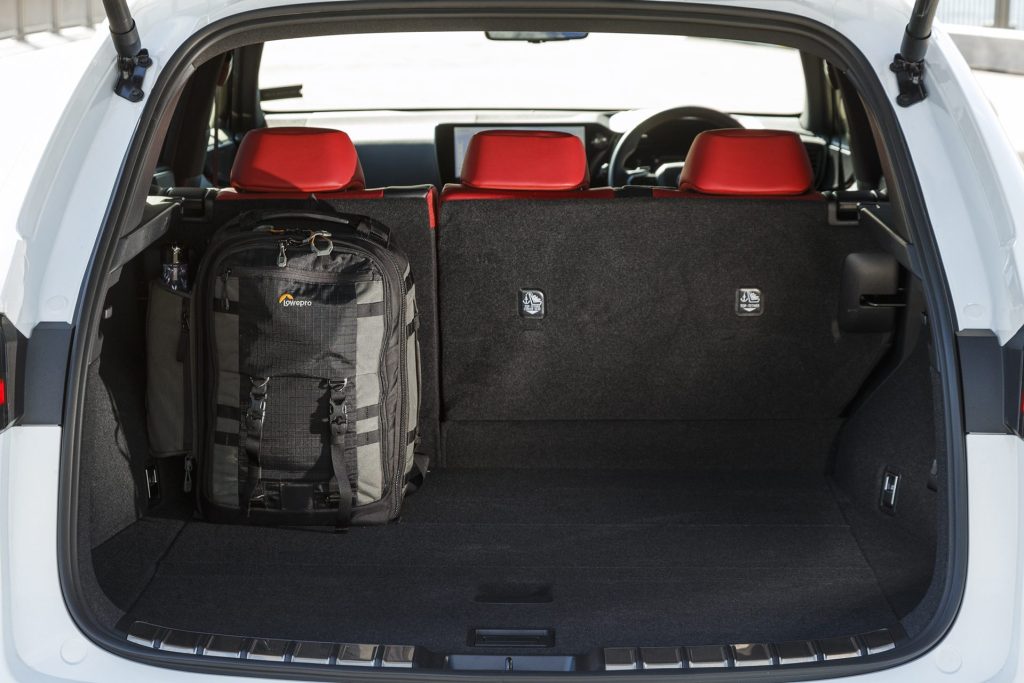
The seat some might find a tad form fitting – it’s an F Sport item with enhanced bolstering – but it also affords decent adjustment. And they are heated and ventilated up front. The main buttons on the steering wheel are marked only with arrows as they are multi-functional. A prompt via the head-up display tells you where you should touch them in order to say, increase the speed of the cruise. They are however too clever by half and take some getting used to.
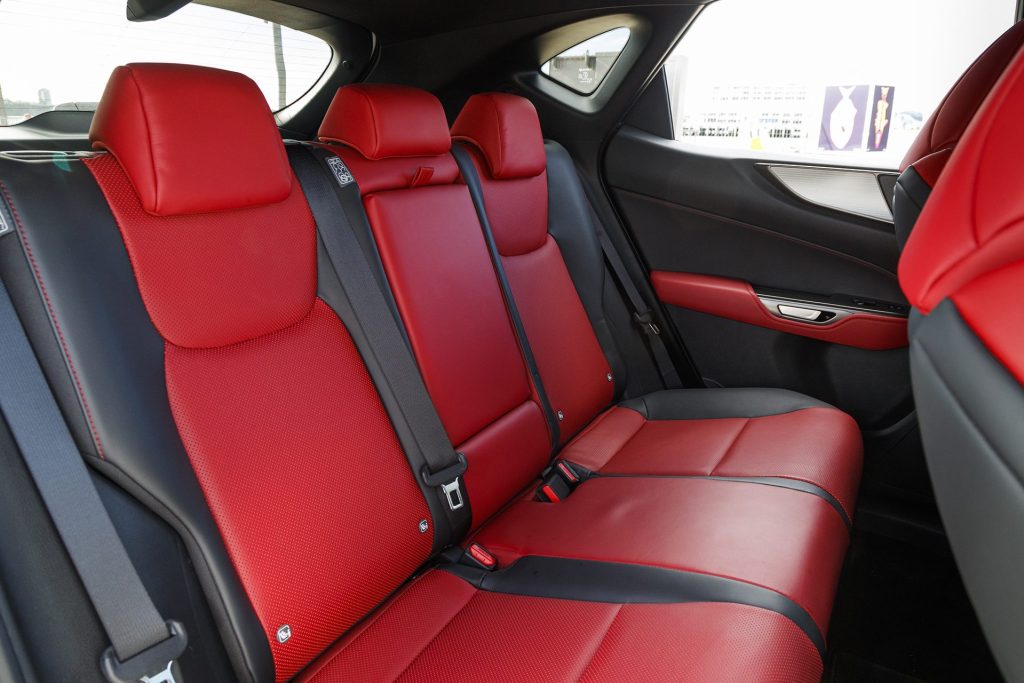
The increased dimensions give more room to those in the rear, the space still not generous, merely adequate in terms of legroom but the bench is comfy, complete with a recline function and the usual Isofix points (easy to get at too). The boot is a decent size with 520L on offer (though this is a ‘stacked to the roof’ measurement) via a well formed hold, and the plug-in has the same volume as the regular hybrid’s. It can tow too, with a 1500kg braked rating.
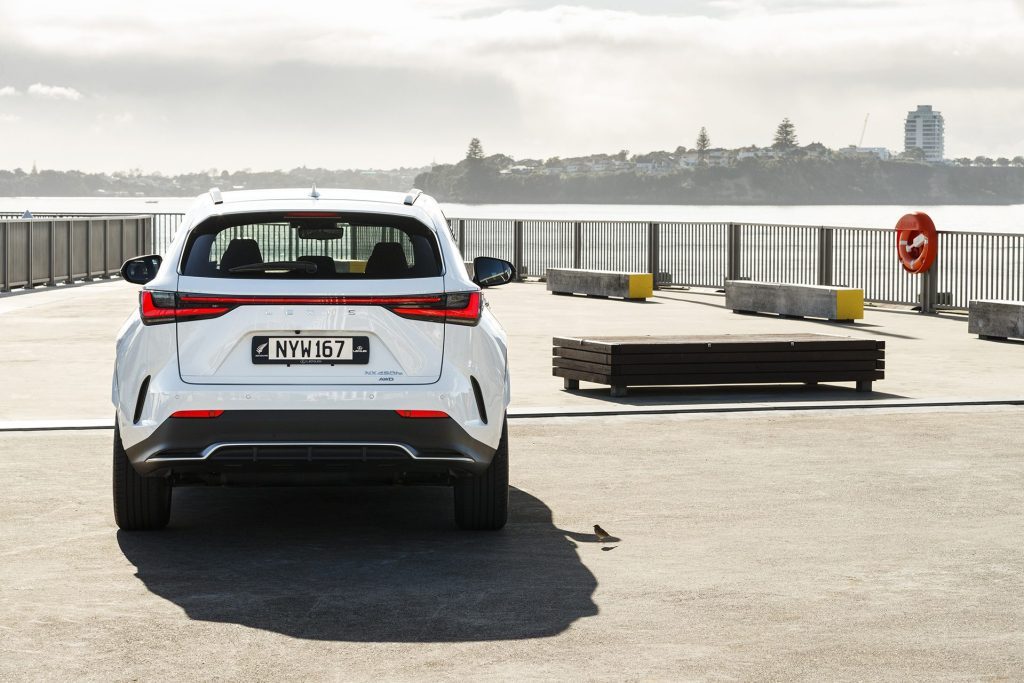
We like that the 450h+ does not command too great a premium, $6k more than the ‘self-charging’ Limited is not much in the scheme of things, while adding the additional F Sport specification as well. Though NZ buyers tend to like sport luxury offerings, perhaps the option of the plug-in in Limited guise might go down better, as this is not particularly sporty. However, it’s worth considering if you’re still wary of a full BEV and want ultimate range, but like the idea of reducing your personal transport emissions.
| Model | Lexus NX 450h+ F Sport |
| Price | $107,900 |
| Clean Car Discount | Neutral $0 |
| Engine | 2487cc, IL4, DI |
| Power/Torque | 136kW/227Nm |
| Hybrid System output | 227kW |
| Range | 87km (WLTP) |
| Drivetrain | e-CVT, e-AWD |
| Fuel Use | 1.4L/100km |
| C02 Output | 31g/km |
| 0-100km/h | 6.12sec |
| 80-120km/h | 3.85sec (109m) |
| 100-0km/h | 36.80m |
| Stability systems | ABS, ESP, TV |
| Safety | AEB, ACC, BSM, LDW, RCTA, ALK, AHB |
| Luggage capacity | 520-1411L |
| Tow rating | 750kg (1500kg braked) |
| Service intervals | 12 months/15,000km |
| Scheduled servicing | 4yrs, unlimited km |
| Warranty | 4yrs, unlimited km |
| ANCAP rating | 5 stars |
| Weight | 2050kg (claimed) |


